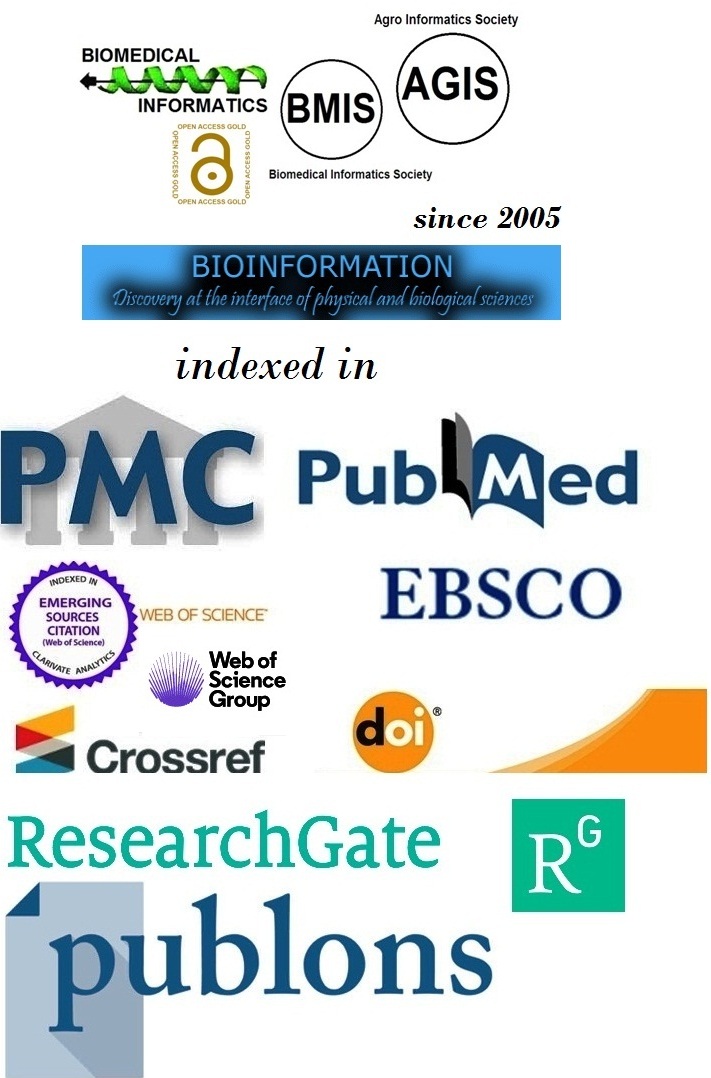Title
Appraisement of aerobic capacity among first medical students following a regular yogic regime
Authors
Ruchi Kothari1, Yogesh S2, 3, Mayur Wanjari4,*, Labdhi Sangoi5 & Ravi Sangoi6
Affiliation
1Department of Physiology, Mahatma Gandhi Institute of Medical Sciences, Sevagram, Wardha, Maharashtra, India; 2Department of Internal Medicine, Institute of Internal Medicine, Madras Medical College and Rajiv Gandhi Government General Hospital, Chennai, India; 3MHPE Scholar, Department of Internal Medicine Sri Balaji Vidyapeeth University, Pillaiyarkuppam, Pondicherry, Tamilnadu, India; 4Department of Research, Datta Meghe Institute of Higher Education & Research (DMIHER), Sawangi, Maharashtra, India; 5Department of Research, Government Medical College, Jalna, Maharashtra; 6Department of Internal Medicine, Government Medical College and General Hospital, Baramati, Pune, Maharashtra, India; *Corresponding Author
Ruchi Kothari - E - mail: ruchi@mgims.ac.in; Phone: +91 9730216884
Yogesh S - E - mail: yeswhy20@gmail.com; Phone: +91 9600128033
Mayur Wanjari - E - mail: Wanjari605@gmail.com; Phone: +91 8007356104
Labdhi Sangoi - E - mail: labdhisangoi101@gmail.com; Phone: +91 7259404071
Ravi Sangoi - E - mail: ravisangoi35@gmail.com; Phone: +91 9022059548
Article Type
Research Article
Date
Received October 1, 2024; Revised October 31, 2024; Accepted October 31, 2024, Published October 31, 2024
Abstract
The heavy academic load among medical students can be a stressful factor affecting not only the physical fitness of the medical student but also his or her mental well-being. Since time immemorial, yogic exercises have been found to decrease both physical and psychological stresses and increase cardiorespiratory fitness. Therefore, it is of interest to assess the effect of a yogic routine on cardiopulmonary efficiency and aerobic fitness as measured by treadmill performance in first-year MBBS students. A prospective interventional study involving 100 MBBS students within the age group of 17 to 20 years was conducted. In each participant, the baseline cardiopulmonary parameters, VO2 max, were recorded before and after two months of intervention with yoga (1 hour/day). SPSS was used to perform the statistical analysis. There was a significant improvement in VO2 max (35.4 ± 5.2 to 40.1 ± 4.8 ml/kg/min, p < 0.001) and rest heart rate (75.3 ± 8.1 to 68.5 ± 6.9 beats/min, p < 0.001). Practice of yoga regularly improves the aerobic capacity and cardiopulmonary efficiency of the student who studies MBBS. Yoga may help students better their well-being and academic performance if practiced as part of the MBBS curriculum.
Keywords
Aerobic capacity, academic load, cardiorespiratory, stress factor, yoga and exercise.
Citation
Kothari et al. Bioinformation 20(10): 1271-1274 (2024)
Edited by
Hiroj Bagde MDS, (PhD), PGDCR, PGDHHM, PGDL, PGDM
ISSN
0973-2063
Publisher
License
This is an Open Access article which permits unrestricted use, distribution, and reproduction in any medium, provided the original work is properly credited. This is distributed under the terms of the Creative Commons Attribution License.
